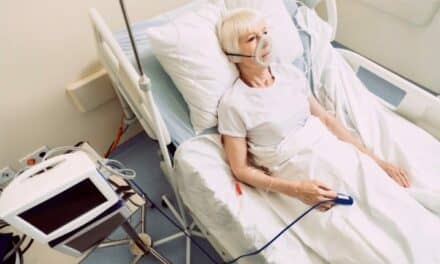Survival from cardiac arrest doubled when a bystander stepped in to apply an automated external defibrillator (AED) before emergency responders arrived, according to new research in the American Heart Association’s journal Circulation.
According to the American Heart Association, of the more than 350,000 out-of-hospital cardiac arrests that occur in the United States each year, more than 100,000 happen outside the home. Less than half (45.7%) of cardiac arrest victims get the immediate help they need before emergency responders arrive, in part because emergency medical services take, on average, between four and ten minutes to reach someone in cardiac arrest.
An international team of researchers looked at 49,555 out-of-hospital cardiac arrests that occurred in major U.S. and Canada cities. They analyzed a key subgroup of these arrests, those that occurred in public, were witnessed and were shockable. The researchers found that nearly 66% of these victims survived to hospital discharge after a shock delivered by a bystander. Their findings emphasized that bystanders make a critical difference is assisting cardiac arrest victims before emergency responders can get to the scene.
Among the study’s results:
- Bystanders used an AED in 18.8% of these cases.
- Cardiac arrest victims who received a shock from a publicly-available AED had far greater chances of survival and being discharged from the hospital than those who did not; 66.5% versus 43%.
- Cardiac arrest victims who received a shock from a publicly-available AED that was administered by a bystander had 2.62 times higher odds of survival to hospital discharge and 2.73 times more favorable outcomes for functioning compared to victims who first received an AED shock after emergency responders arrived.
- Victims who received an AED shock from a bystander (57.1%) using a publicly-available device instead of having to wait for emergency responders (32.7%) had near normal function and better outcomes.
- Without a bystander using AED shock therapy, 70% of cardiac arrest patients either died or survived with impaired brain function.
“We estimate that about 1,700 lives are saved in the United States per year by bystanders using an AED,” says senior study author Myron Weisfeldt, MD. “Unfortunately, not enough Americans know to look for AEDs in public locations, nor are they are trained on how to use them despite great and effective efforts of the American Heart Association.
Based on the study findings, Weisfeldt and his team, including lead author John Hopkins medical student Ross Pollack, would like to see greater distribution of AEDs, including equipping police with defibrillators, especially in regions where it takes emergency responders long to get to the patient.
“Bystanders have the potential to save a life,” Weisfeldt says. “This should be a great incentive for public health officials and bystanders to strive to have AEDs used on all victims of cardiac arrest.”





